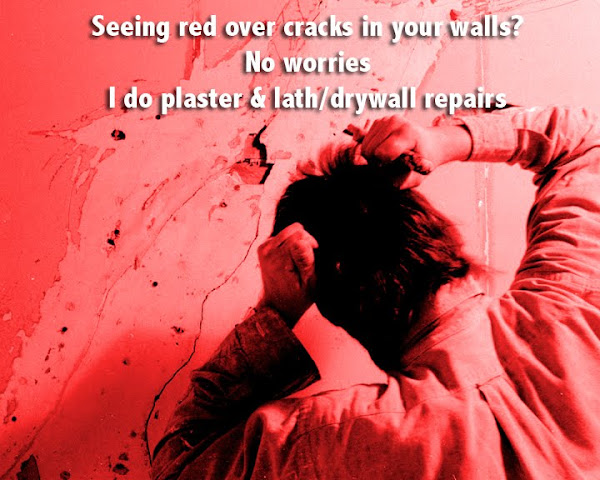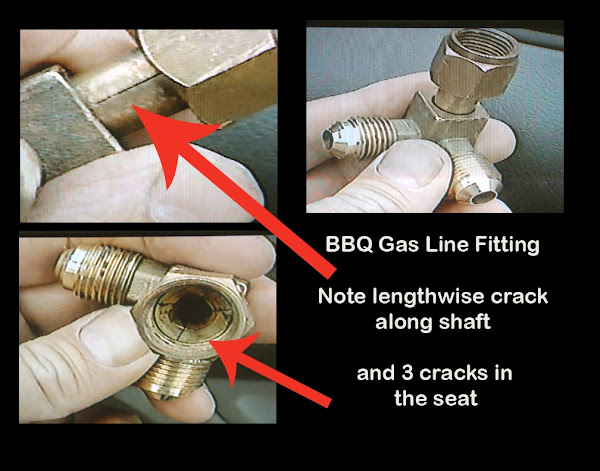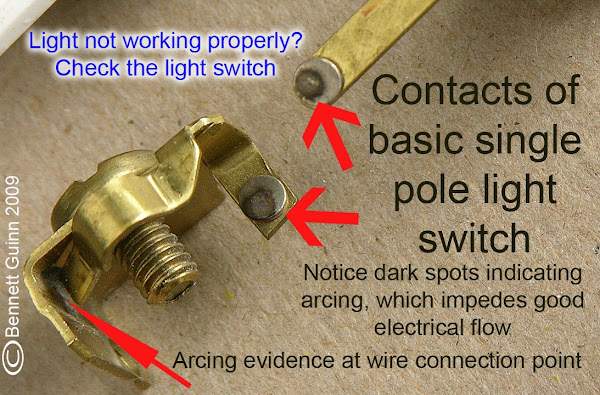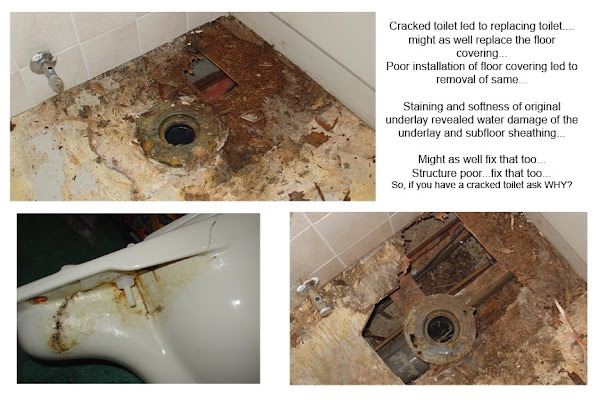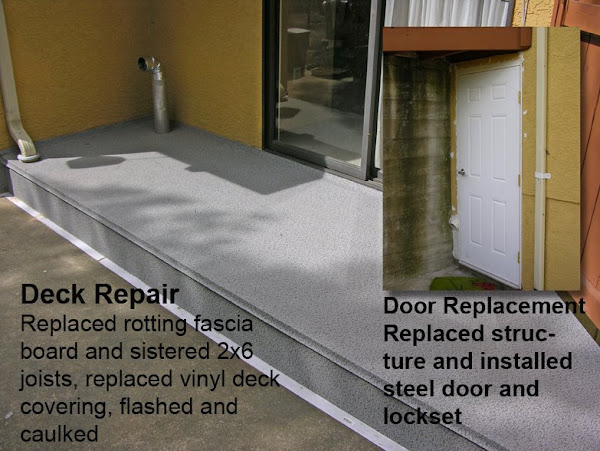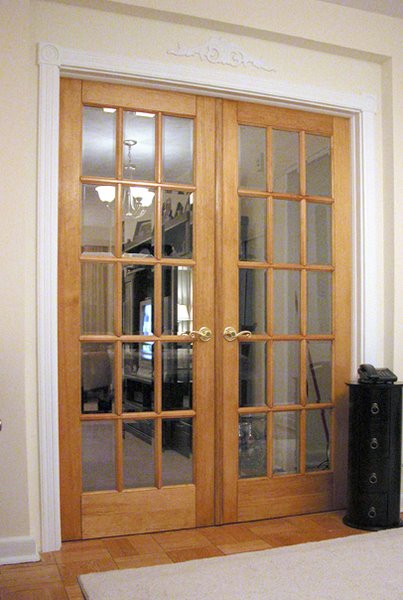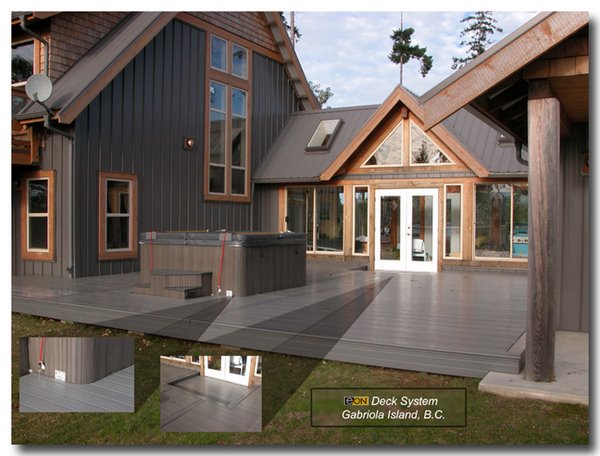On Painting
Painting constitutes a major portion of the work I do and with over 30 years experience, using a multitude of paint products, I have come to trust the tried and true techniques that assure the best job I can do. This includes proper preparation and priming of new or stripped substrates. I have never been a fan of oil-based paint as they tend to dry out and become brittle over time, not to mention the environment issues it entails. I prefer water-based products on new or stripped materials. I use 1-2-3 Primer which sticks well and provides a good base for top coats of which I always apply two coats.
Lately many paint manufacturers have been marketing so-called "two-in-one" paints where the primer is "built in", thus negating the use of primer and a saving of time and materials. Bunk I say and so do the good people at Cloverdale paint. The email reply to some questions about this and other issues is reprinted here with permission.
"Hybrid" paint is another new product being marketed and I wanted clarification on it so I went to the source.
If you hire me to paint, I'll do it the way I've been doing it but if you insist on using two-in one paint, I cannot guarantee the results.
REPLY VIA EMAIL
Stu Eaton - Manager, Technical Services and Product Design Cloverdale Paint
The term "Hybrid"refers to the technology of using an alkyd based (oil-based) resin system but in a water carrier. In effect we have taken a traditional alkyd-based paint and removed the organic solvents and replaced the solvents with water. The water will not dissolve the alkyd resin as
paint thinner does but it will emulsify the resin and herein lies the technology. After the water has evaporated and the coating cured, it dries with all the toughness, water resistance, abrasion resistance etc. you would expect from and alkyd paint. It has some of the negative attributes as well such as the tendency to yellow and can become brittle over time.
Paint and Primer in one is a common marketing ploy that we as a company do not buy into. Our experience is that for approximately 80% of our architectural paints sold, a primer is not required. A standard re-paint of a living room or bedroom wall does not require a primer. *If*extra functionality has been built into these paints (which I doubt very much) your money has been wasted as it is not required. If you do need a primer i.e. you have a problem such as water stain issue; a difficult to
adhere substrate; a dramatic colour change etc., you are far better off to use a product that is designed for that problem. It will perform better and at lower cost than the expensive topcoats. In fact if you read the fine print of many of the Paint and Primer in one labels and technical sheets it states that where you do have one of these problems to use their xxxx primer in any case. So, bottom line is when you don't need a primer these paints work as a primer but when you need a primer these paints don't work and require a primer. I would say a pretty empty claim.



